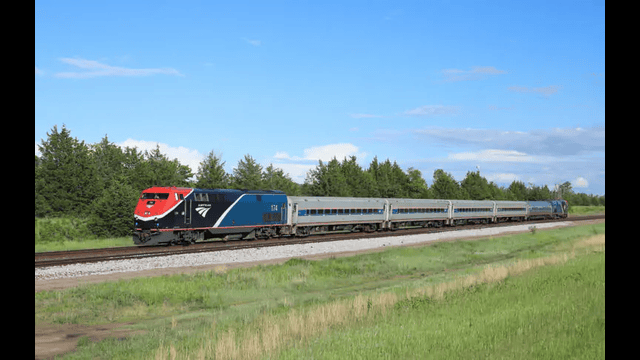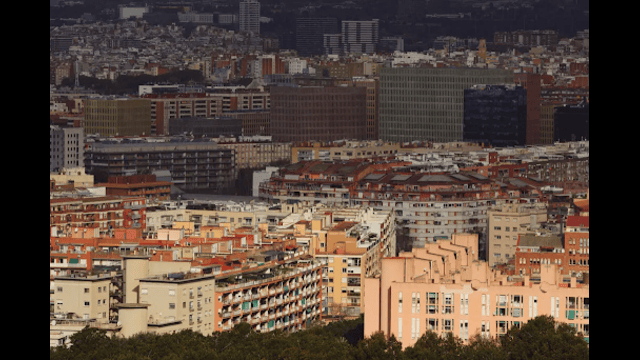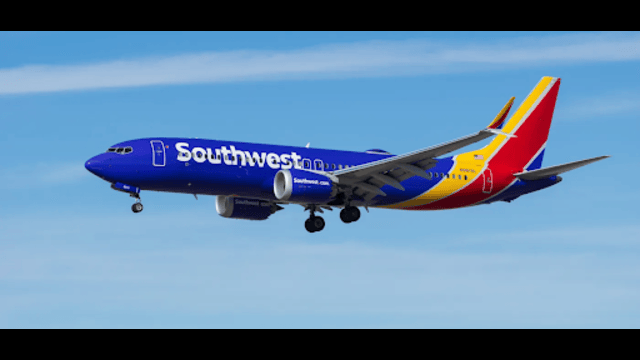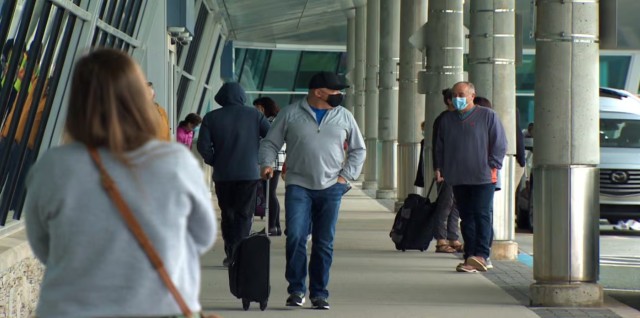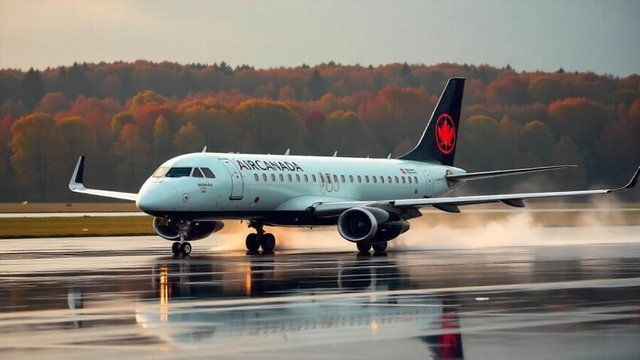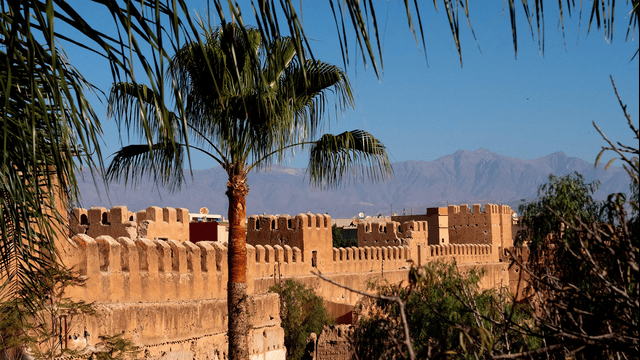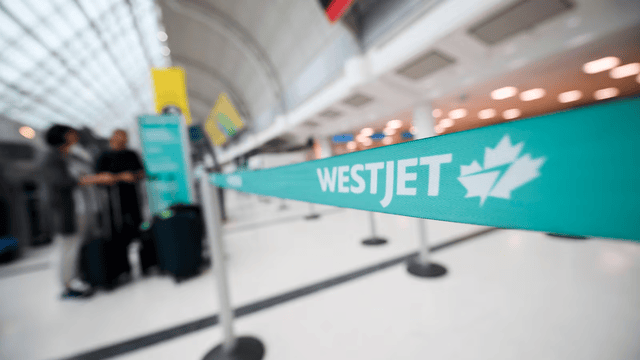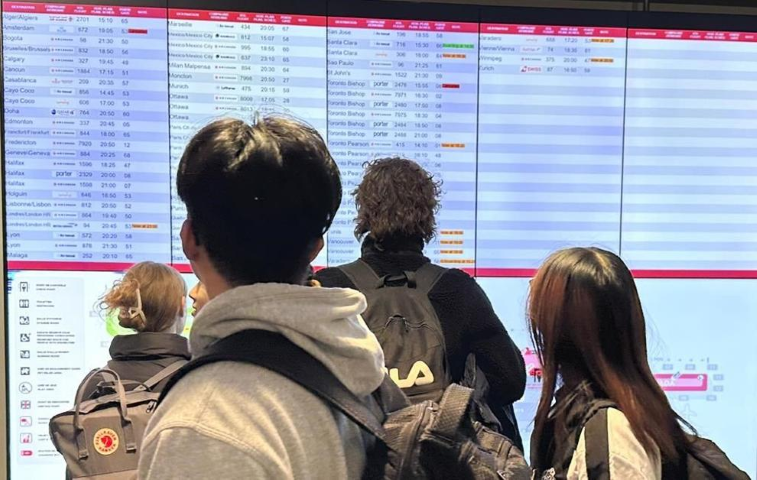
Travelers look at a departure information board at Pierre Elliott Trudeau International Airport in Montreal, Friday, Dec. 23, 2023. The authority overseeing the Montreal airport is rolling out a nearly $4-billion plan to reduce congestion and improve access. THE CANADIAN PRESS/Christinne Muschi
The organization in charge of Montreal's airport has proposed spending close to $4 billion to address congestion and increase capacity at the country's second-largest flight hub. This announcement follows a period of growing passenger numbers and heavy traffic, which caused frustration among travelers last summer.
During this time, congestion on the road leading to Pierre Elliott Trudeau International Airport often forced passengers to exit their vehicles and walk along the highway off-ramp to reach the airport, especially during late afternoon and early evening hours.
The proposed upgrades for the airport include expanding the roadway leading to the main entrance, constructing new parking lots and drop-off areas, establishing a satellite terminal, and connecting to the REM commuter rail line. The aim is to complete these projects by 2028, as stated by Aéroports de Montréal CEO Yves Beauchamp during a speech at the Chamber of Commerce of Metropolitan Montreal.
Beauchamp emphasized the need to enhance both land and air infrastructure to accommodate the expected growth in passenger numbers. Despite the challenges posed by the COVID-19 pandemic, travel has rebounded, with a record 21 million passengers passing through the Montreal airport last year, representing a 32% increase from 2022.
Beauchamp expressed support for involving private capital to finance future construction projects, which could cost an additional $3 to $4 billion. He stressed the necessity of implementing new financial strategies to secure funding for these endeavors. The chamber of commerce has also urged the federal government to provide more financial flexibility to airports, warning of potential obstacles if financing methods remain unchanged.
Throughout the pandemic, airports incurred significant debt to sustain operations amid plummeting revenues, despite receiving some financial support from the government. Aéroports de Montréal's debt reached $2.2 billion by the end of 2022, with a lease agreement stipulating debt repayment by 2072.
To address congestion and accommodate future growth, Beauchamp outlined plans to add remote plane parking lots and a satellite terminal with boarding gates by 2028. Additionally, the forthcoming arm of the REM commuter line is set to open in 2027, which will reduce reliance on car traffic to and from the airport.
The authority also intends to triple the capacity of the curbside roadway adjacent to the airport's main entrance. To facilitate the construction of wider drop-off and pick-up areas, a parking lot capable of holding approximately 5,000 vehicles will be demolished in 2026. In its place, a new four-level parking structure accommodating 2,800 spots opened in late February, with a second multi-level lot featuring 3,000 spots scheduled to open in 2026.
During Beauchamp's speech, environmental activists briefly interrupted to protest against climate inaction and the airport's expansion plans. They raised concerns about the environmental impact of jetliners' greenhouse gas emissions and chanted slogans highlighting environmental degradation.
Overall, the proposed investments aim to address current congestion issues and prepare for future growth at Montreal's airport, with a focus on enhancing infrastructure, increasing capacity, and improving transportation accessibility.





